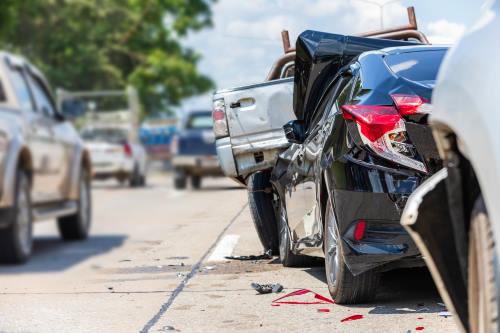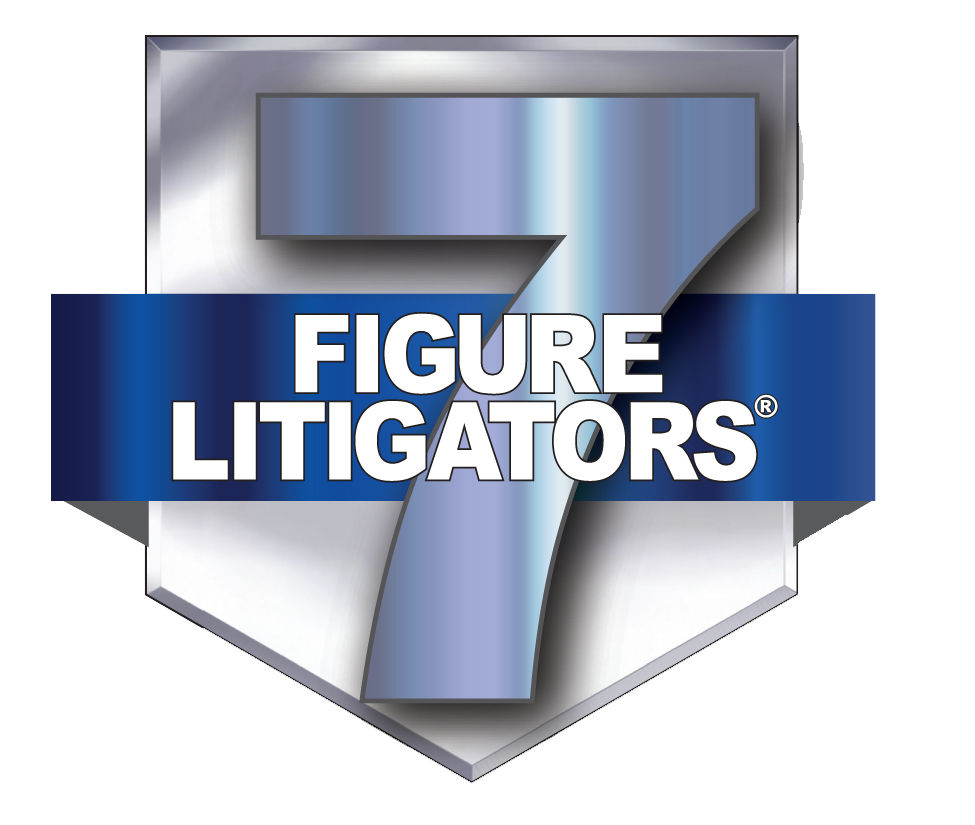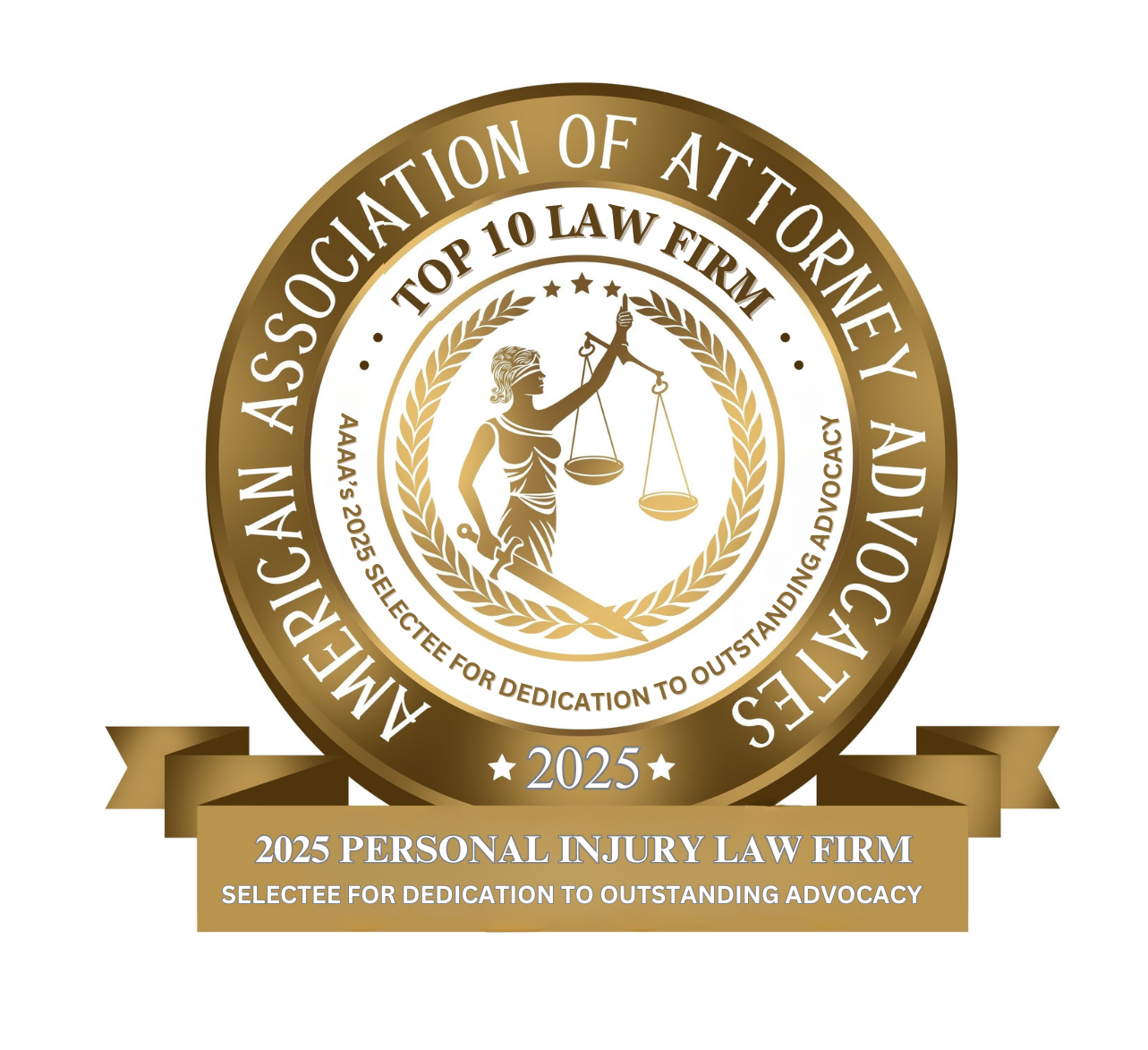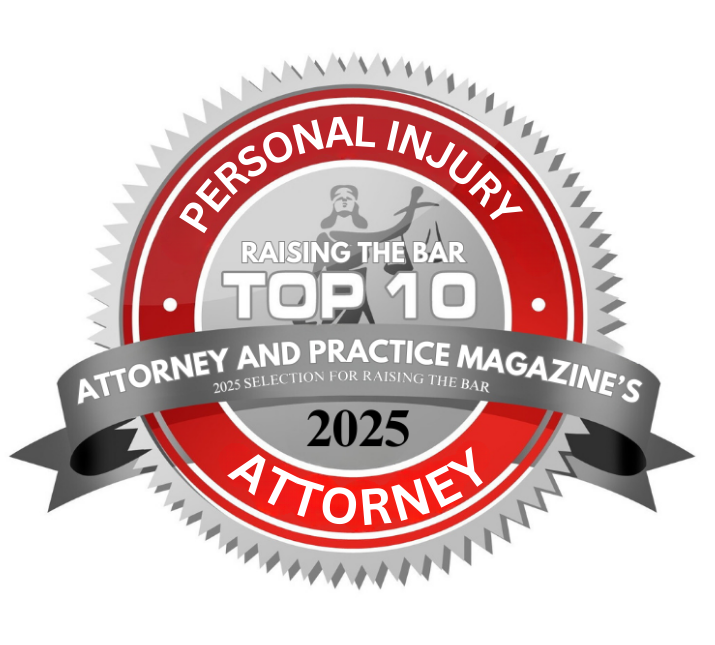- Free Consultation: (630) 527-4177 Tap Here to Call Us
How Are Claims Handled Against Multiple At-Fault Parties in Illinois?

When you are injured in an accident, determining who is legally responsible for your damages can be complex, especially if more than one party contributed to the harm you suffered. Illinois law recognizes that accidents often result from the combined negligence of multiple individuals or entities. In these situations, claims are not always straightforward. Understanding how liability is divided, how damages are calculated, and how the law applies in cases with multiple at-fault parties is essential for protecting your rights and ensuring you receive fair compensation.
At John J. Malm & Associates, our experienced Illinois personal injury attorneys help clients navigate the challenges of multi-party claims. We know how to investigate accidents, identify responsible parties, and pursue full compensation, even when liability is shared.
Comparative Fault in Illinois
Illinois follows a system of modified comparative fault. This means that an injured party may recover damages even if they are partially at fault, as long as they are not more than 50% responsible for the accident. However, their recovery will be reduced by their percentage of fault.
For example, if a jury finds that you are 20% at fault in a car accident and awards $100,000 in damages, your compensation would be reduced to $80,000. If you were found 51% at fault, you would not be able to recover any damages.
This same principle applies when there are multiple defendants. Each party’s degree of fault must be assessed, and damages are allocated accordingly.
Joint and Several Liability
One of the most important considerations in Illinois when handling claims involving multiple at-fault parties is the doctrine of joint and several liability. Under 735 ILCS 5/2-1117, defendants can be held jointly and severally liable for certain types of damages.
- If a defendant is found 25% or more at fault, they may be held jointly and severally liable for all of the plaintiff’s damages, including both economic and non-economic losses.
- If a defendant is found less than 25% at fault, they are only severally liable for non-economic damages (such as pain and suffering) but may still share joint liability for economic damages (such as medical bills and lost wages).
This rule is designed to ensure that plaintiffs are able to recover necessary compensation, even if one responsible party does not have the resources to pay.
Common Situations Involving Multiple At-Fault Parties
Multi-party liability arises in many types of Illinois personal injury cases, including:
- Car Accidents: Multiple drivers may share blame for a crash, such as when one driver speeds while another fails to yield.
- Trucking Accidents: Liability may extend to the truck driver, the trucking company, the vehicle manufacturer, or even a maintenance contractor.
- Medical Malpractice: A patient’s injuries may stem from the negligence of multiple healthcare providers or institutions.
- Premises Liability: In slip-and-fall cases, liability could be shared by the property owner, a management company, and a third-party contractor.
- Product Liability: Manufacturers, distributors, and retailers may all share responsibility for defective products.
Each case requires careful investigation to determine all potential defendants and how liability should be divided.
Proving Fault Against Multiple Defendants
Establishing liability in multi-party cases requires gathering strong evidence. Personal injury attorneys use a variety of methods to build a claim, including:

- Accident reports and investigations conducted by law enforcement or regulatory agencies.
- Expert testimony from accident reconstructionists, engineers, or medical professionals.
- Witness statements that help clarify how the incident occurred.
- Digital and physical evidence such as surveillance footage, black box data, or photographs of the accident scene.
- Employment and maintenance records in trucking or workplace accidents.
Because each defendant will often try to minimize their share of fault by pointing fingers at the other parties, or even at the injured victim, having strong legal representation is crucial.
The Role of Insurance Companies
Insurance companies play a significant role in cases involving multiple at-fault parties. In Illinois, each defendant’s insurer will investigate the claim and try to limit their policyholder’s liability. This can lead to disputes over how much each party should pay.
For example, in a car accident involving three drivers, each insurer may argue that its policyholder was minimally responsible while shifting the majority of blame to the others. These disputes often delay settlement and require negotiation or litigation to resolve.
Settlements in Multi-Defendant Cases
When multiple at-fault parties are involved, settlement negotiations can be more complicated. Some defendants may agree to settle early, while others may refuse to accept responsibility. Illinois law allows injured plaintiffs to settle with one or more defendants while continuing to pursue claims against others.
However, a settlement with one defendant typically reduces the amount you can recover from the remaining defendants, to avoid “double recovery.” This is known as the set-off rule.
For example, if your total damages are $500,000 and you settle with one defendant for $100,000, you can still pursue the remaining $400,000 from other liable parties.
Trial Outcomes with Multiple Defendants
If a case goes to trial, the jury will be asked to assign percentages of fault to each defendant (and potentially to the plaintiff, if comparative fault is raised). The court will then apply Illinois’ comparative fault and joint and several liability rules to determine the final damages award.
This system ensures that damages are distributed fairly, but it also creates opportunities for defendants to minimize their responsibility. Plaintiffs must present a clear and persuasive case to avoid unfairly high allocations of fault.
Why Multi-Defendant Cases Are More Complex
Claims against multiple at-fault parties require additional work and strategy. Some of the challenges include:
- Increased litigation costs due to more experts, depositions, and evidence collection.
- Conflicting defenses, as defendants often try to blame one another.
- Settlement complications from differing levels of willingness to negotiate.
- Insurance coverage disputes, especially if some parties are underinsured.
These challenges make it critical to have a skilled Illinois personal injury attorney who understands how to pursue claims against multiple defendants effectively.
Practical Example
Imagine you are injured in a trucking accident where:
- The truck driver was fatigued and failed to brake in time.
- The trucking company pressured the driver to exceed hours-of-service limits.
- A third-party maintenance contractor failed to replace worn brake pads.
In this scenario, liability may be divided among all three defendants. The driver and trucking company could be jointly and severally liable for both economic and non-economic damages, while the maintenance contractor may only be severally liable depending on their percentage of fault.
Without experienced legal representation, an injured plaintiff could struggle to recover full damages from these multiple parties.
FAQs About Claims Against Multiple At-Fault Parties in Illinois
1. Can I recover damages if multiple people caused my accident?
Yes. Illinois law allows you to pursue compensation from multiple at-fault parties. Each defendant’s liability is based on their percentage of fault.
2. What happens if one of the defendants cannot pay?
If a defendant is found more than 25% at fault, they may be held jointly and severally liable for all damages. This rule protects plaintiffs when one defendant is insolvent or uninsured.
3. Can I still settle with one defendant?
Yes. You may settle with one party while continuing your claim against others. However, your recovery will be reduced by the settlement amount under the set-off rule.
4. Will my damages be reduced if I was partially at fault?
Yes. If you are found partially responsible, your damages will be reduced by your percentage of fault. If you are more than 50% at fault, you cannot recover damages.
5. Why should I hire a lawyer for a case with multiple defendants?
These cases involve complex legal issues, insurance disputes, and extensive evidence gathering. An experienced Illinois personal injury attorney ensures that liability is properly allocated and that you pursue the maximum compensation available.
Contact the Top-Rated Illinois Accident Lawyers at John J. Malm & Associates
When multiple parties are responsible for your injuries, pursuing a personal injury claim becomes more complex. Illinois law provides rules for comparative fault and joint and several liability, but navigating these issues requires legal knowledge and persistence. Insurance companies will try to shift blame and minimize payouts, making it difficult for injured individuals to recover fair compensation without help.
At John J. Malm & Associates, we understand how to investigate accidents, identify all responsible parties, and pursue the compensation our clients deserve. We fight tirelessly to ensure that those harmed by negligence are not left to carry the financial and personal burdens of an accident alone. If you or a loved one has been injured in an accident involving multiple at-fault parties, contact our office today for a free consultation.















